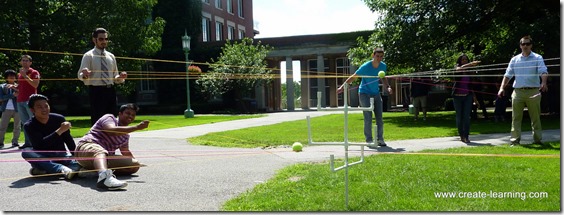“When you take all non-verbal judgment out of a decision it becomes a calculation and not a decision. The possible outcomes are predictably limited, and you can mechanize (computerize) the process – under the W = FS process of mechanics (Work = Force through Space). Human work is the application of mental concentration over target time: W = F / TT (Work = Force over Target Time) and the possible outcomes are always unpredictably open. “
– Elliott Jaques Requisite Organization
Preparing for an opening consulting & development meeting with a Senior Management Team from the Automotive industry. We’re exploring the Mastering Organizational Complexity & Talent Pool Development work. Taking a deeper look into their organization design, accountability & authority of roles, whether to reduce the layers of management, plus how to develop a system of current behaviors that will enable them to understand VUCA (volatile, uncertain, complex, ambiguous) environments and create a process that drives their required results.
Much of my theory & work is built upon Elliott Jaques Stratified Systems Theory, and I’m seeing ways to combine & match other ideas & theories. The work of Dave Snowden and the Cynefin Framework has been really interesting. In one of Snowden’s webinars he mentioned a book, “Obliquity. Why are goals are best achieved indirectly” by John Kay.
In Obliquity, Kay makes a useful distinction between Closed Decisions “determinate and tractable and has a clear-cut objective.” and Open Decisions “loose multidimensional nature of our objectives, the subtleties of our interactions with others, the complexity of the systems we handle.”
The connection of John Kay & Elliott Jaques, I find when he shares how we view many decisions being made as if they are a Sudoku puzzle.
| Decision Making in a Closed & Knowable Environment |
– Obliquity. Why are goals are best achieved indirectly; James Kay pp. 72 |
As you read the list above, think how many decisions & interactions we have on a daily basis where we assume all the above to be true. Think about how work gets done and the amount of interaction + unknown + ways you approach decisions & problems within your work.
I’m planning on sharing the list above with the management team & having a discussion about what this means to the current work, what is Closed & Open in the decisions being made, how the people who occupy the various roles within the organization can use their Current-Applied-Capacity to its fullest avoiding underemployment, and what processes can we use to find more of ‘what works’ to amplify, while muffling ‘what does not work’…
If I had an answer for this – I would be fooling myself into thinking this company is like a Sudoku Closed & knowable environment, which it isn’t. Through an interactive & extrospective approach we will discover possible solutions that work at that time then work to amplify & reflect these results with the team.
What do you think?
What about your work is Closed? What about your work is Open? How does complexity of open decisions improve your work?



